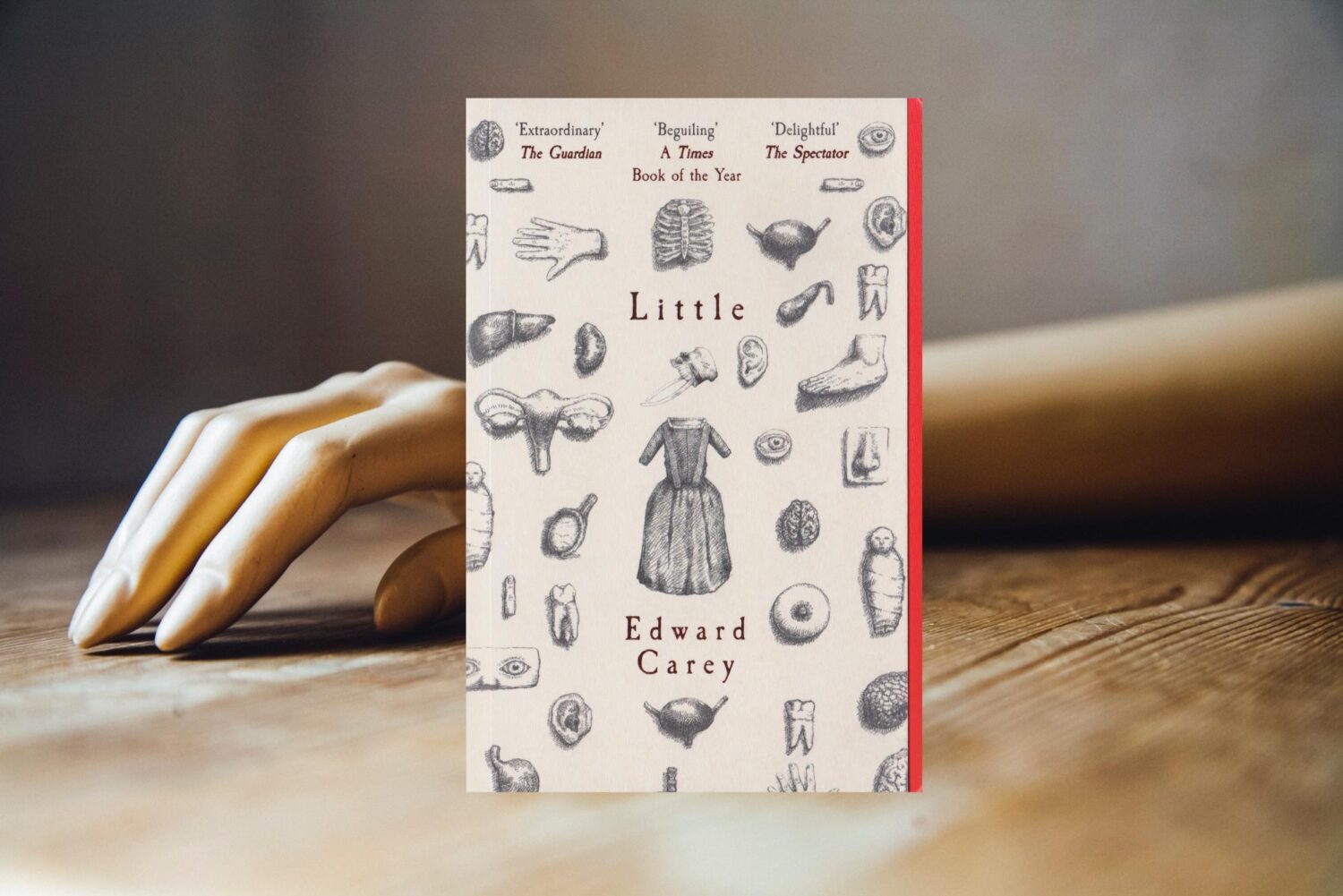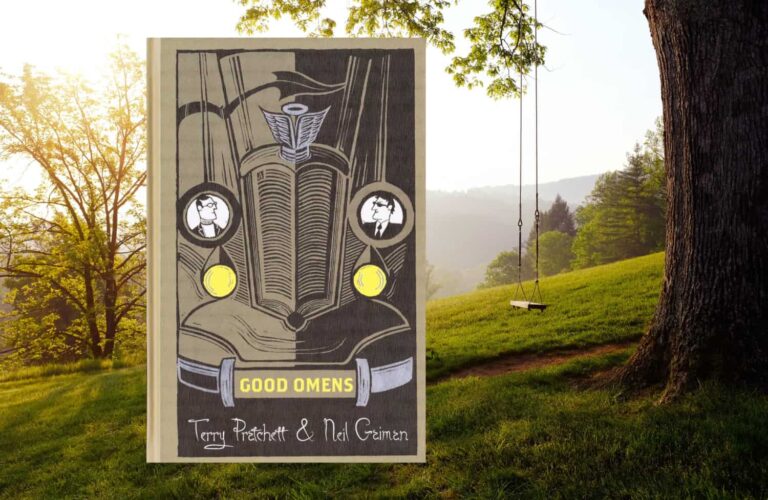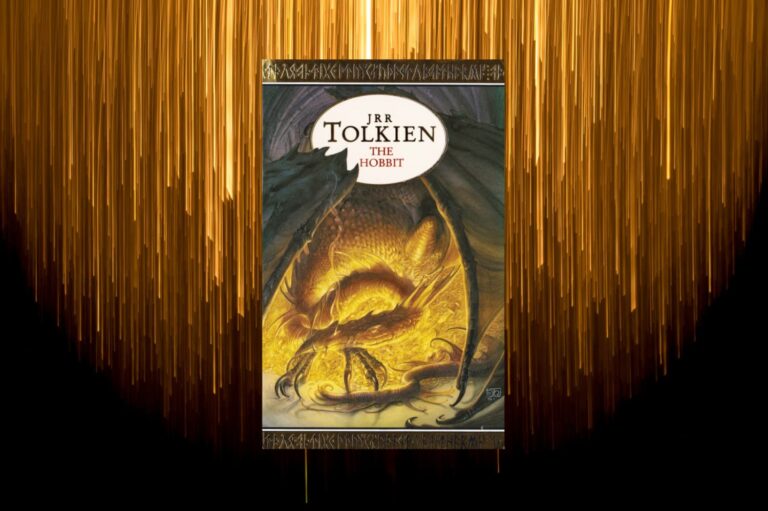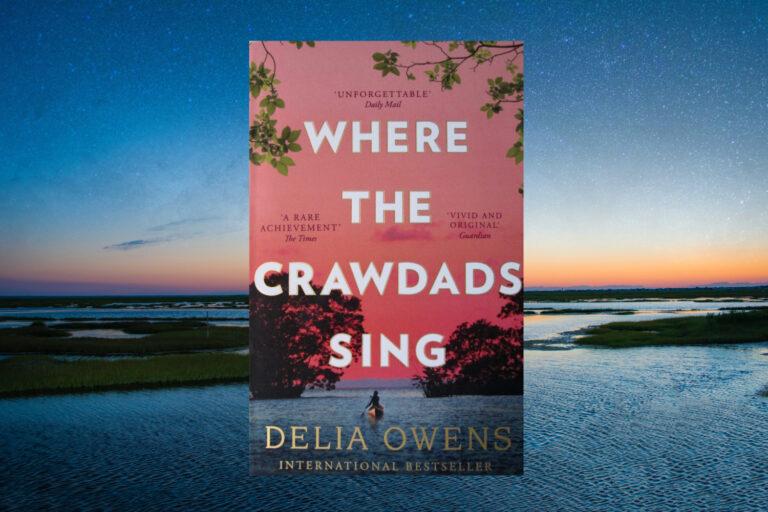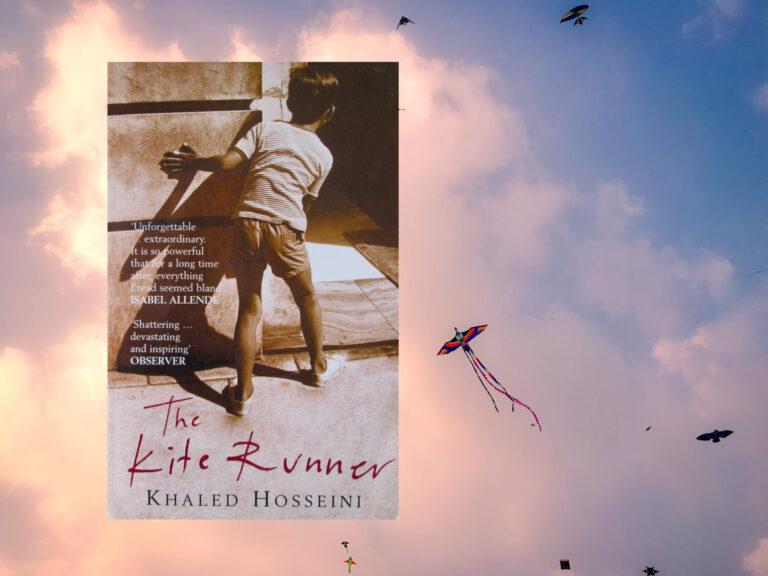A fictional retelling of a historical figure who would come to influence the entertainment world with dark stories, macabre scenes and a little bit of celebrity stardom. Little tells a flourishing of fantastical tales about the life of Marie Grosholtz, who would later become the famous Madame Tussaud – living her life through a time of poverty, murders and massacres of pre and post-revolutionary France. In a narrative similar to Dickens – a downtrodden orphan struggling in poverty, loneliness and mistreatment – comes the story of a girl not marked with beauty but death. She even has a witch’s nose and a generous chin to boot, and in her life she comes to see more than her fair share of horrors, but each one marks and makes her stronger than before.
The story presented in Little is also similar to the fairy tales told by the brothers Grimm, although it’s even darker than they could imagine. For here this misfortunate Cinderella doesn’t run off trading a shoe for a prince, but uses her skill and passion to find herself a place in the world: one bloodied head at a time. It’s depressing, but also insightful, telling of people’s fascination with the more macabre sides of life, whilst holding a fairy tale’s theme of being a little moralistic; for does displaying violence as an attraction dampen its horror? And maybe even incite it? Although this question is only hinted at briefly in the book, the thought lingers, as do the author’s accompanying illustrations.
The illustrations at times serve to give you something to hold onto and a more potent addition to the imagination, while at other points the book progresses into a more believable world without them. For myself, the illustrations share a 50/50 balance of being distracting on one side and helpful on the other, but it’s possibly because I’m so unused to seeing them as an accompaniment to adult literature.
Although centred around a real-life figure, Marie Grosholtz becomes like one of her own wax figures – dramatized for entertainment. The book being fantastical to the point where you’ll have to do a bit of research to separate fact and fiction. However, I must stress that it was also inspired by Grosholtz’s memoirs, which were told late in her life and seem to have a touch of embellishment, as befitting her trade. Certain facts however have been corroborated, while others lack evidence. For the writer Edward Carey (who for a brief time worked at Tussauds) introduces the reader to a wealth of Paris’s history and its figures; highlighting some, whilst creating, altering or deleting the more personal people in Grosholtz’s life. But it is a fictional book; a retelling of someone whose life was magical, grotesque and just as amazing as the wax museum that still bears her name.
Book Edition Information:
Publisher: Gallic Book
ISBN: 978-1-910709-535
Cover Illustrations: Edward Carey
Cover Design: Luke Bird
Presented Edition: 2018 Paperback
Background image courtesy of Markus Spiske on Unsplash

